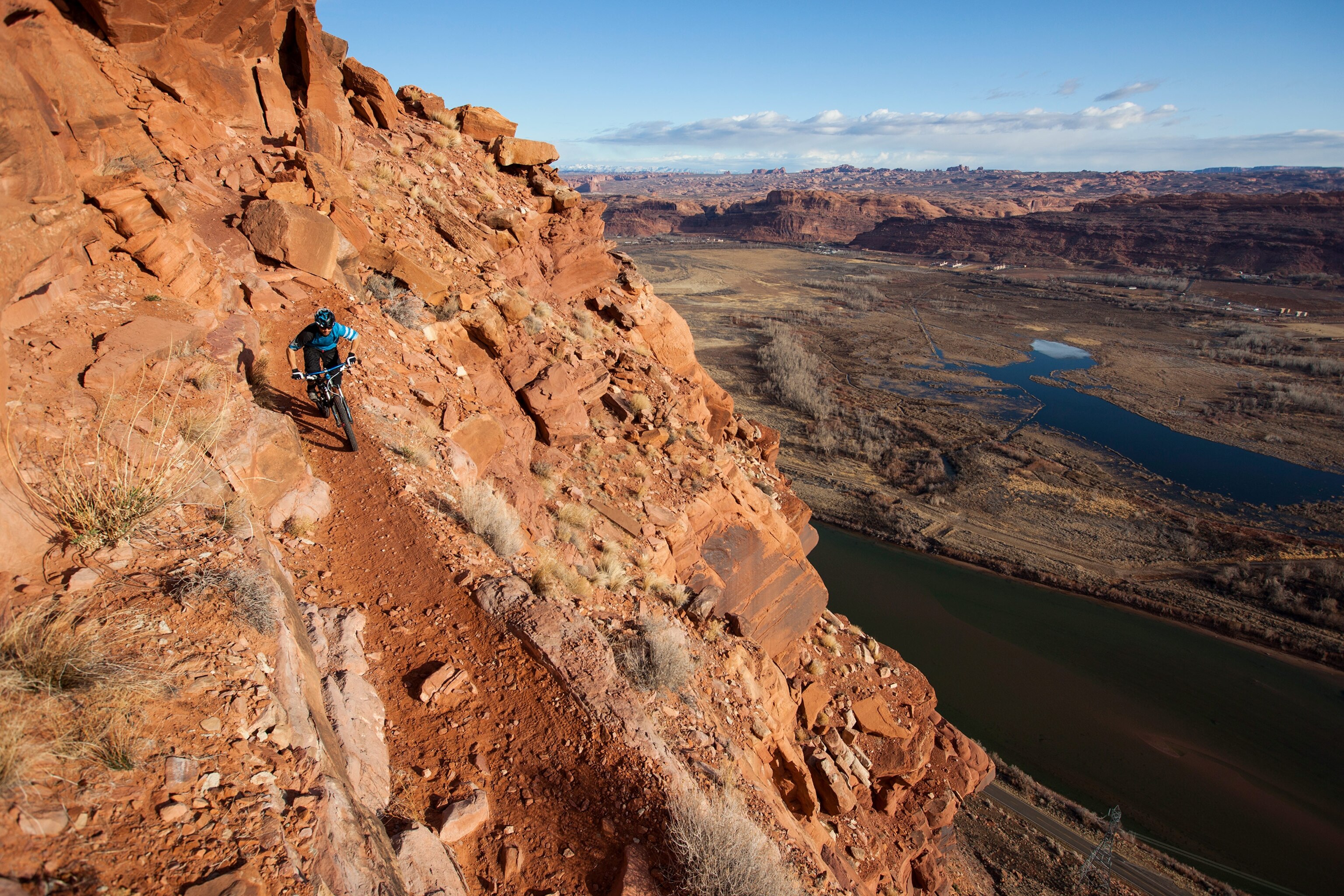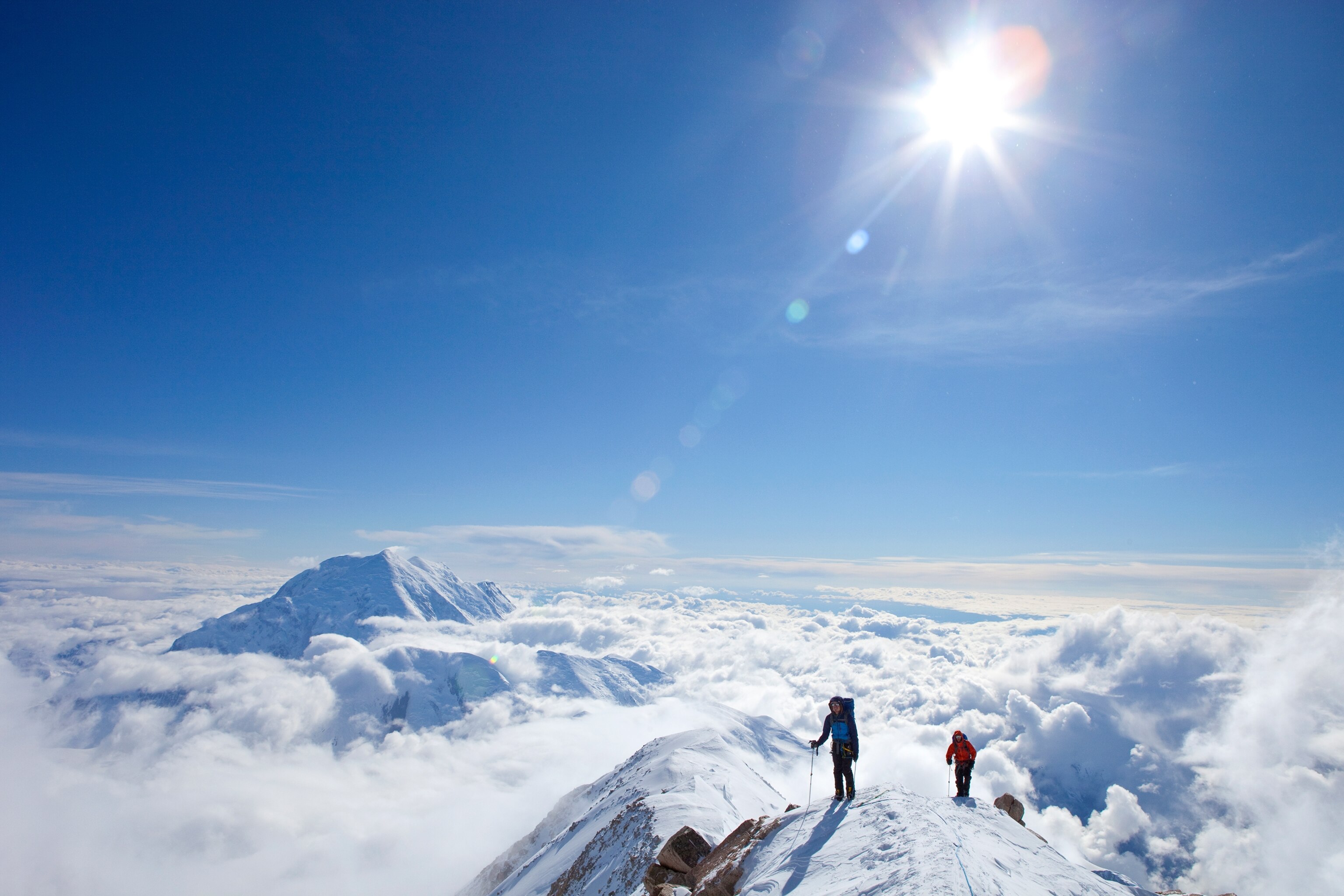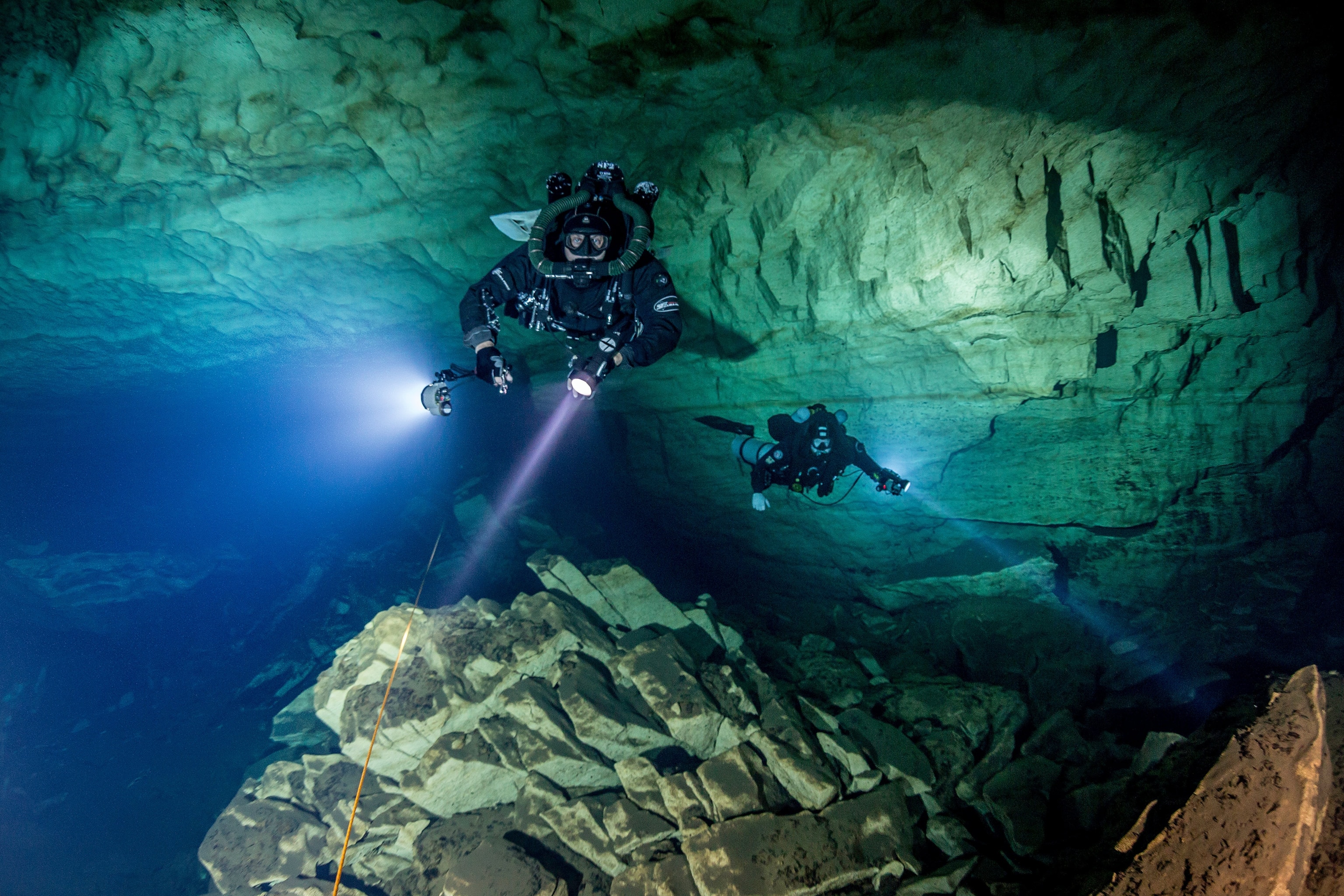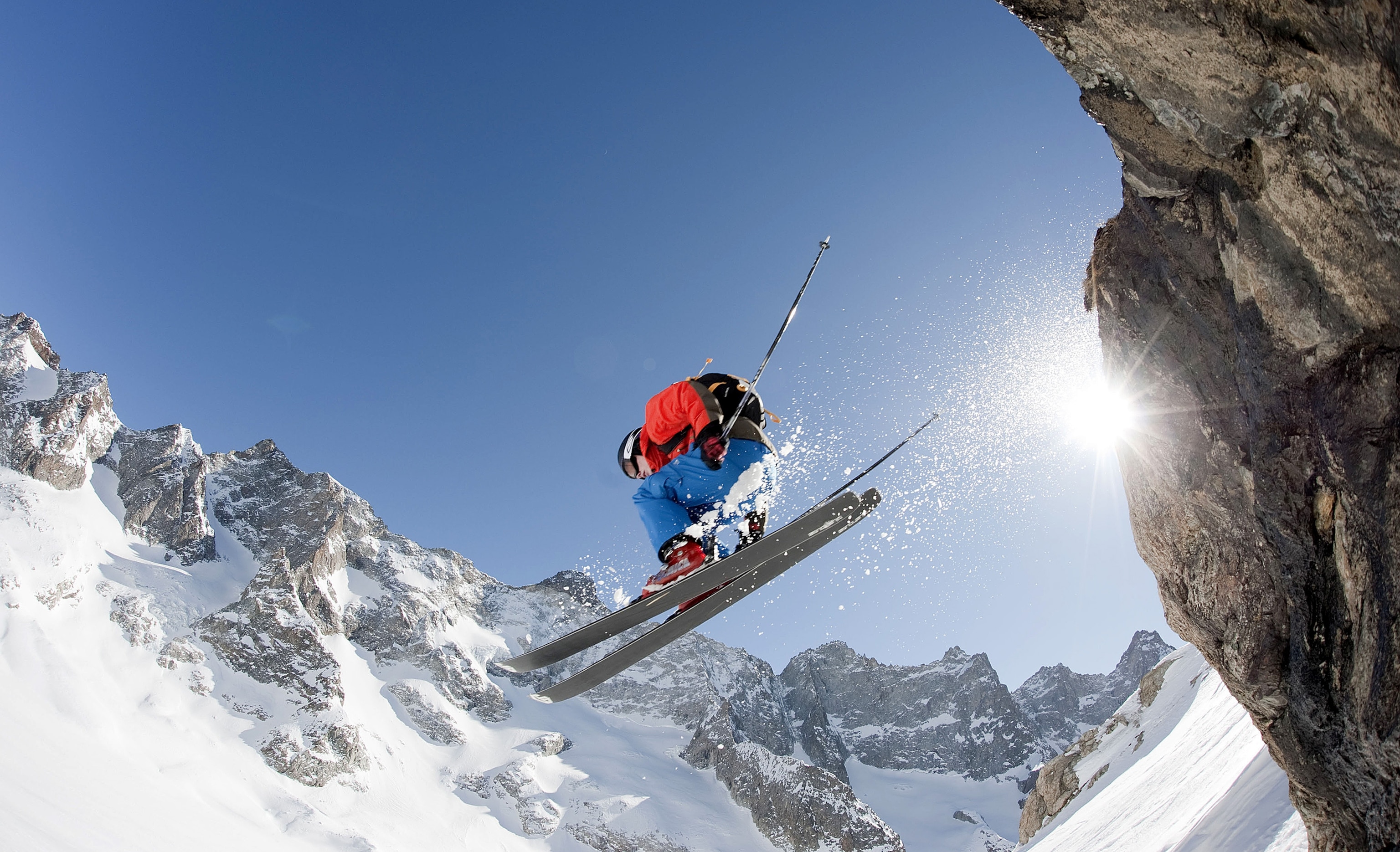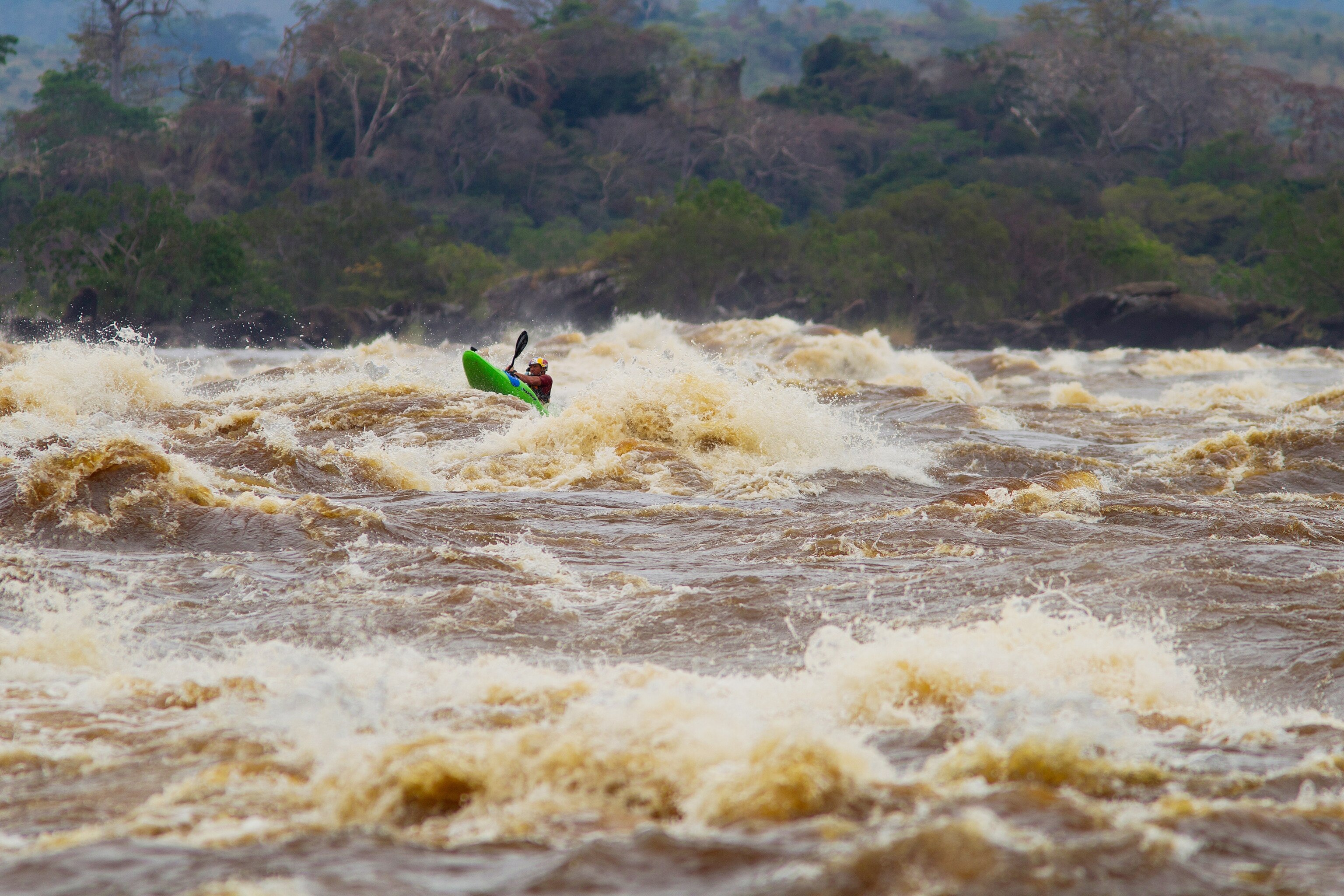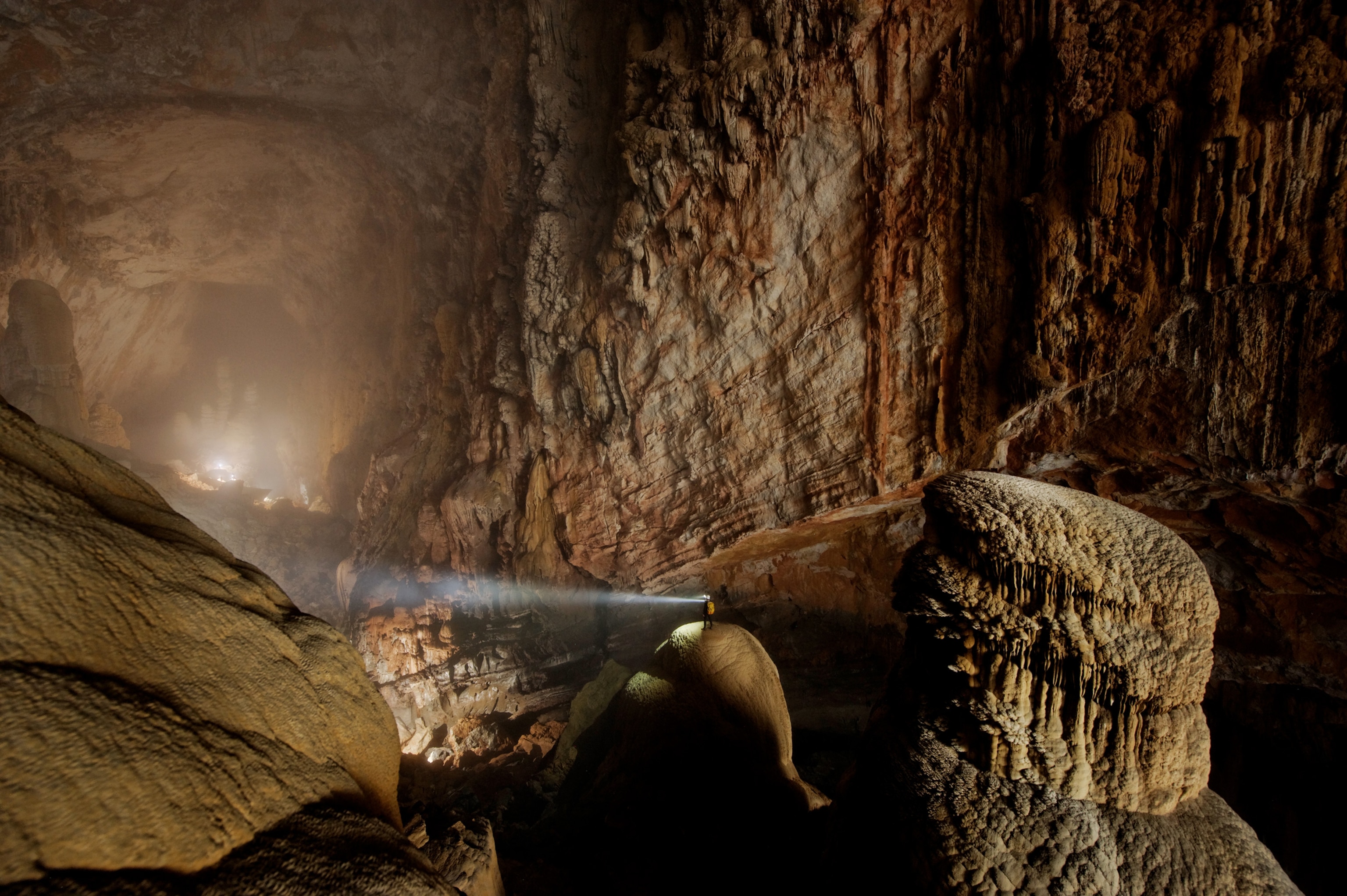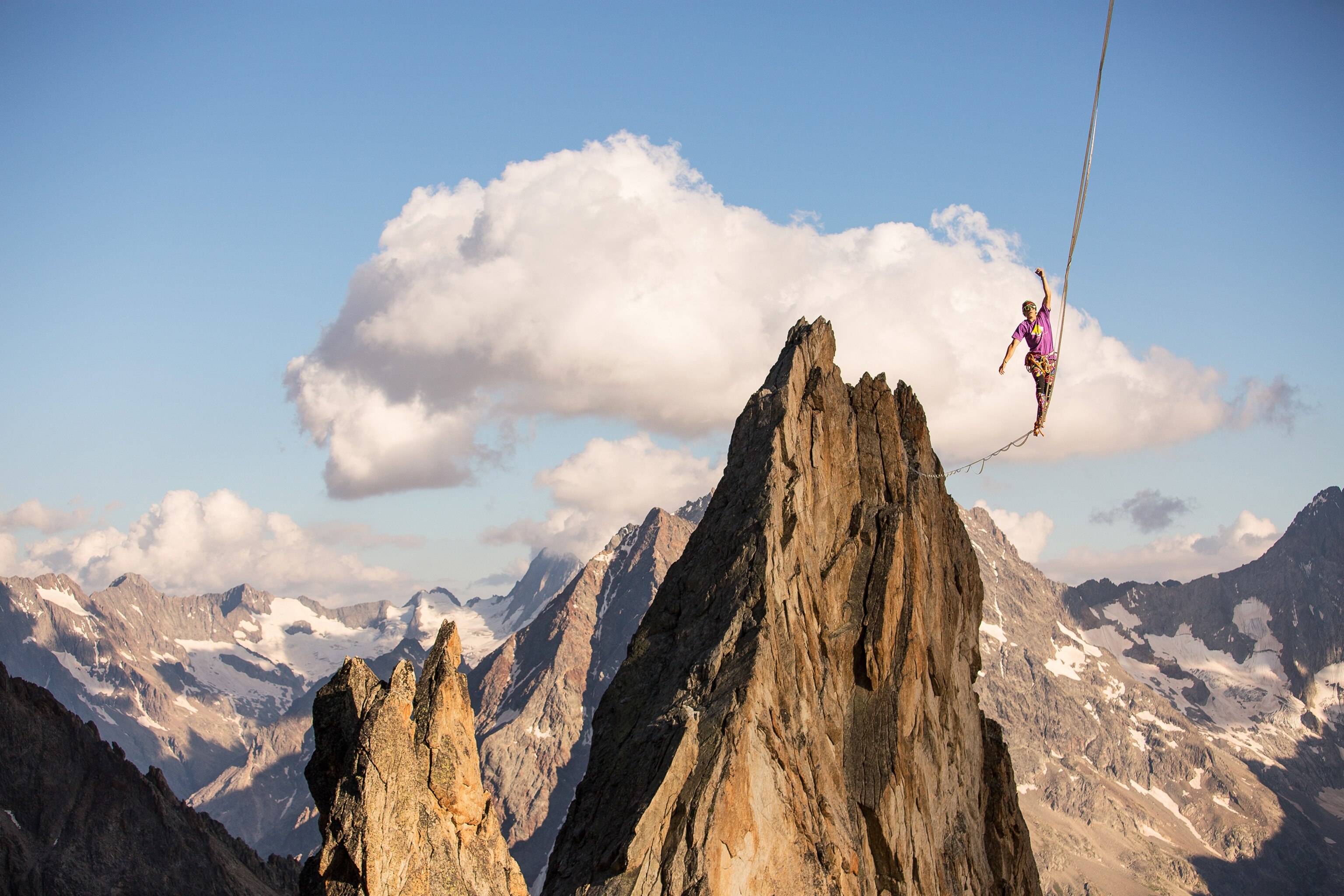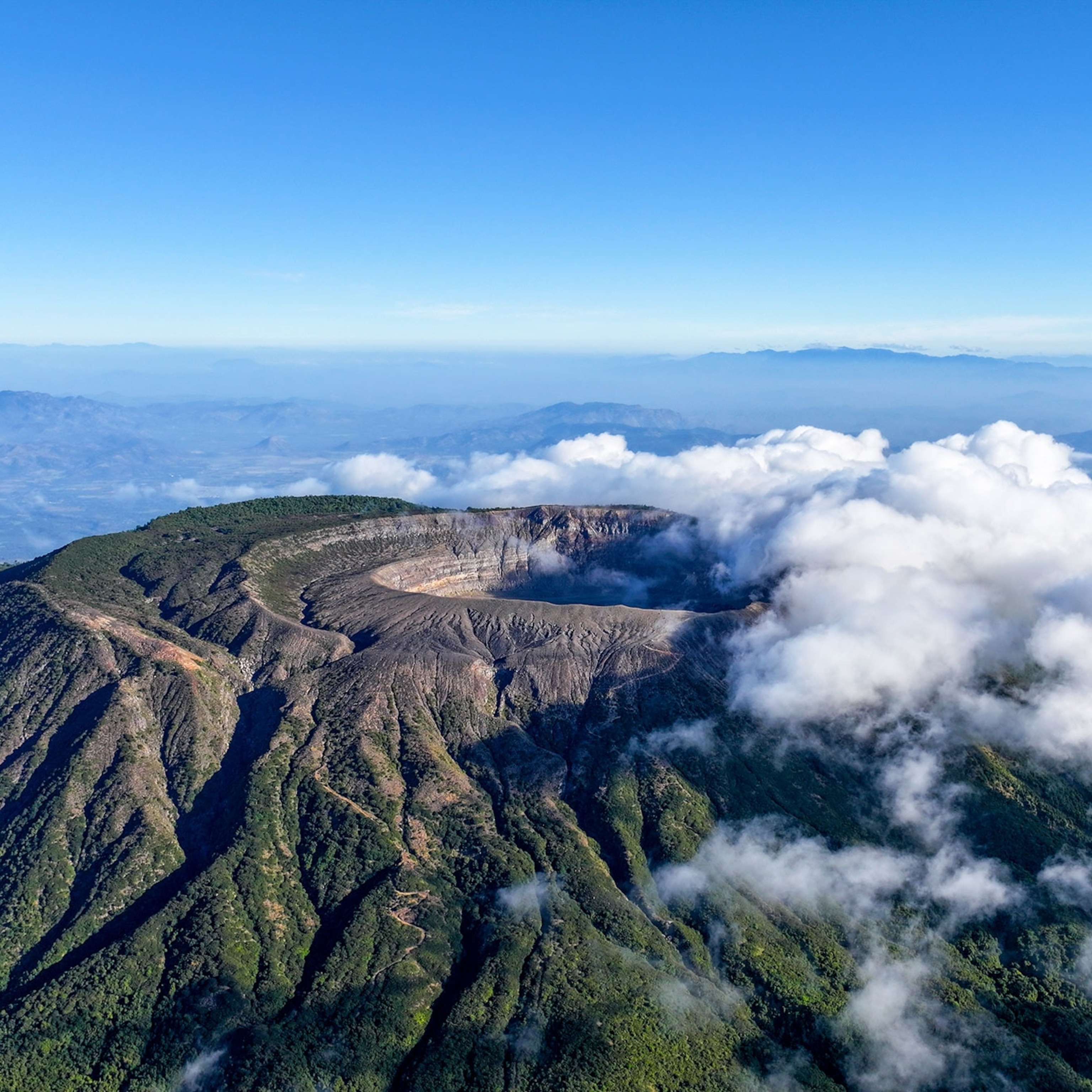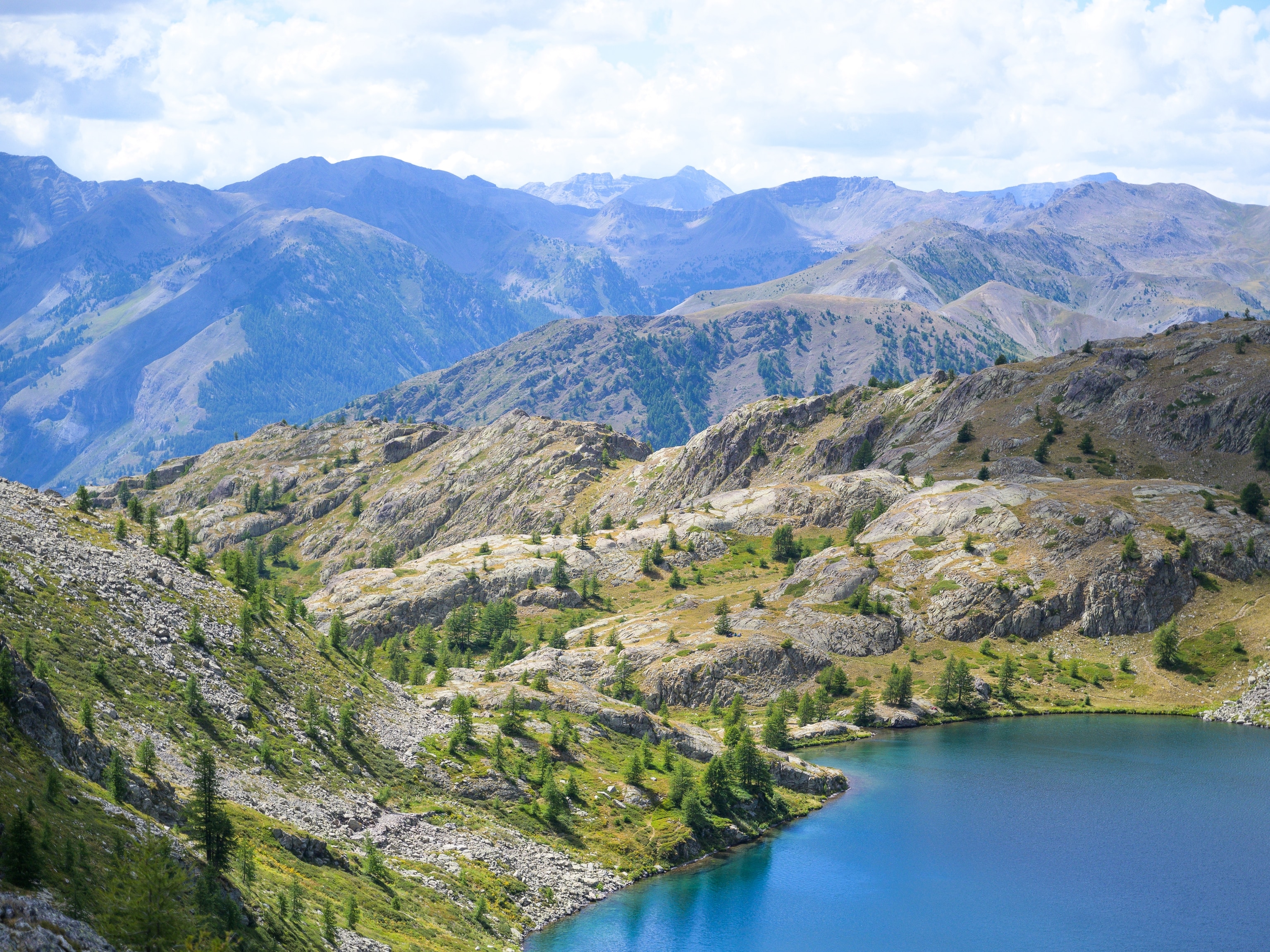The 9 Most Extreme Adventures in the World
From mountain biking to caving, here's a list of the hardest, the highest, the most challenging pursuits that athletes around the world aim to tame.
When extreme athletes want to test their mettle, they don’t go for a Sunday stroll. They embark on the world’s most extreme adventures, tackling the highest climbs, deepest dives, and roughest rapids on the planet. These adventures require advanced athletic achievement and a mastery of highly specialized skills—and they are not for the faint of heart.
The Most Epic Technical Mountain Bike Trail:
Portal Trail, Utah

South Pole storms from the “furious 50s” maximize the waves in this remote stretch of southeastern Tasmania. Surfers flock here to catch sets of 20-foot waves, but access isn’t easy; either a long hike or a lengthy boat ride is required. And in 2017, one of the nearby cliffs partially collapsed from the harsh weather and erosion, making the hike even more treacherous.
The Southern Ocean swell leads to unpredictable waves producing “stairsteps,” which surfers have to drop down as they surf—all while keeping an eye out for great white sharks.
Kristen Pope is a Wyoming based outdoor, adventure, and conservation writer. Follow her on Twitter @Kristen_E_Pope.
